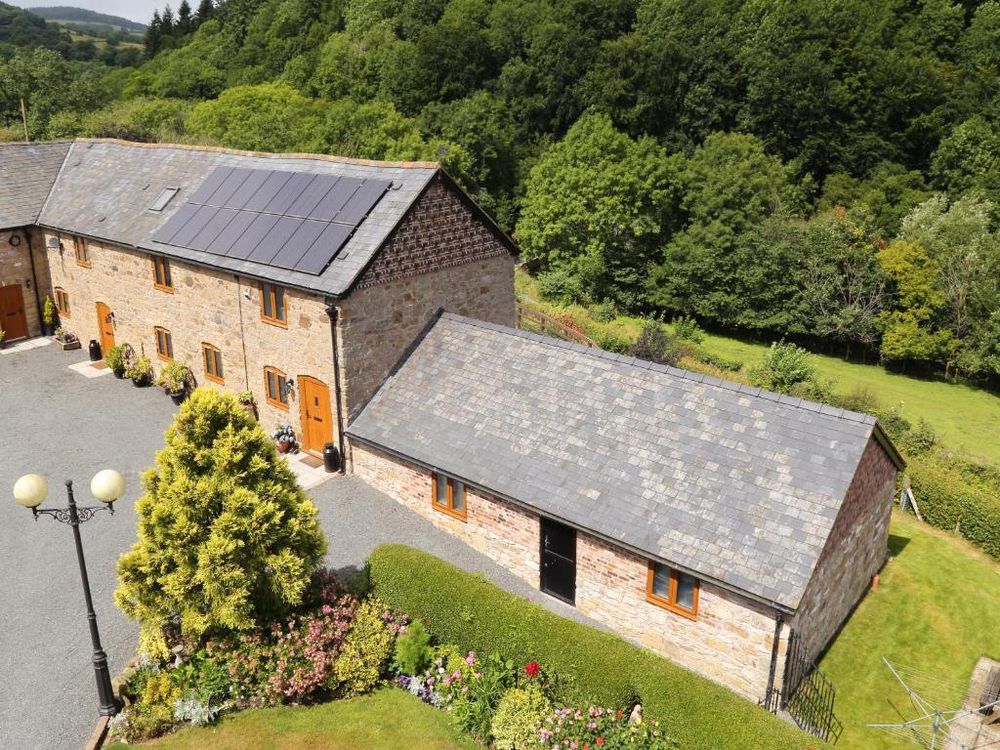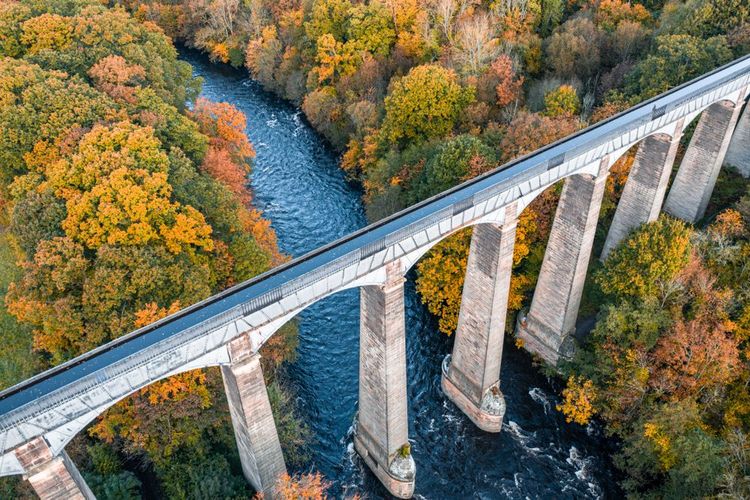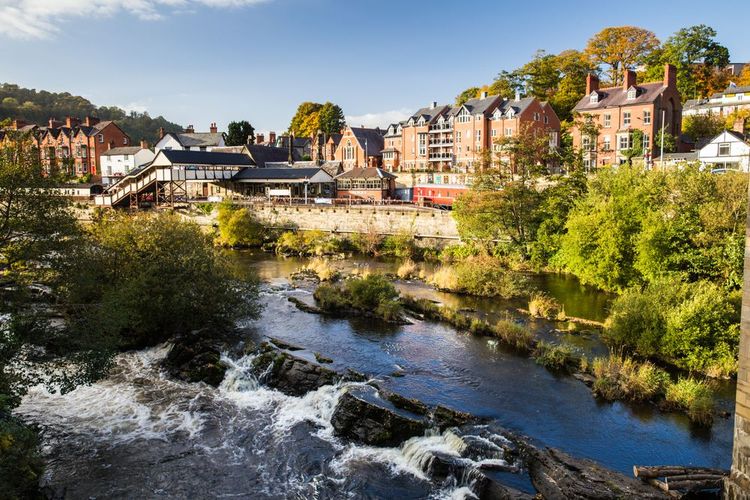After a decade of planning and construction, Pontcysyllte Aqueduct was opened on 26 November 1805, a genuinely innovative feat of pre-Victorian, industrial engineering to feed water from one side of the sheer 1,007ft (307m) River Dee valley to another without having to painstakingly build a network of locks up and down the 126ft (38m) deep ridge. When the idea was first floated, the aqueduct was to form part of the proposed Ellesmere Canal which would connect the River Severn at Shrewsbury to the River Mersey in Liverpool and thereby adjoin the mineral and slate industries of north east Wales to the West Midlands’ emergent manufacturing hubs. However, shortly after the unveiling of Pontcysyllte Aqueduct, funding for the project dried up, leaving Pontcysyltte in a transient state of dereliction until it was reassimilated as the incomplete canal’s northern terminus and then integrated into the Shropshire Union Canal in 1846, which wove the waterways of North Wales and Cheshire, the West Midlands, Merseyside, and Manchester together in industrial polyphony. It served as a shipping route until 1944, and then found radiant afterlife in the later 20th century when sections of the Ellesmere Canal were rebranded the Llangollen Canal, a tourist leisure route capitalising on the magnificent natural beauty of North Wales and the formidable architectural sites along the route; it quickly became one of the most popular in the country, and remains so today.
 Wales
Wales












